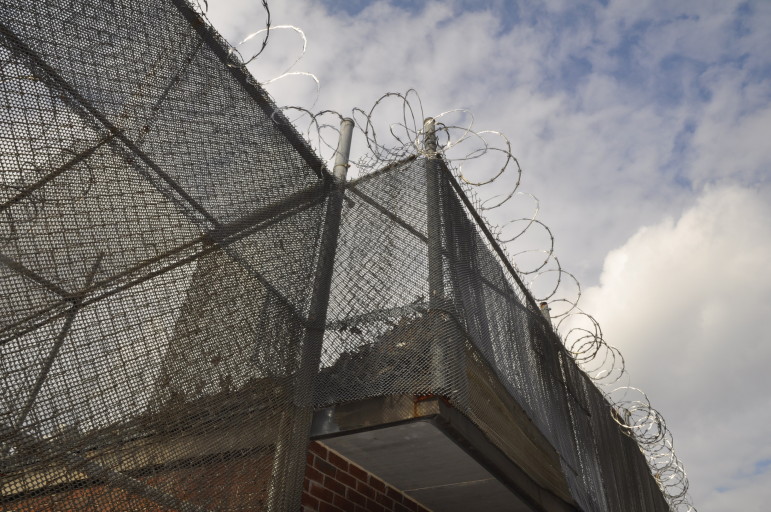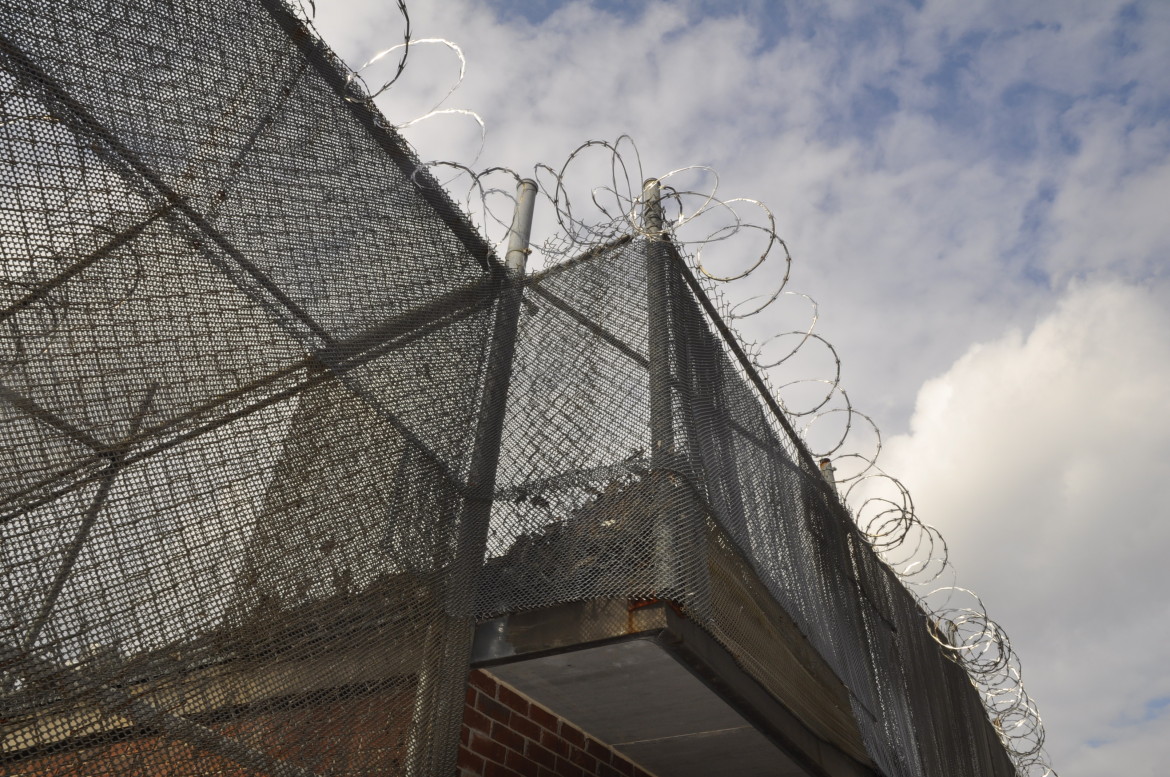
Ryan Schill / JJIE
In the lead-up to federal budget sequestration, advocates warned of dire consequences for juvenile justice and services to children and youth. Now, with sequestration in effect for nearly two months, impacts are materializing across the country, although some programs have been at least partially spared. Yet in many cases, youth-serving organizations still do not know how they will be impacted, only that there will be impacts.
Juvenile justice and delinquency prevention programs in many states have yet to see cuts due to sequestration, but the impacts may be felt when 2013 funds are distributed in the fall, said Meg Williams, juvenile justice specialist for the State of Colorado. Although the federal Office of Juvenile Justice and Delinquency Prevention (OJJDP) has not released official numbers, many state programs expect their OJJDP funding to be reduced by 7 or 8 percent and are trying to plan accordingly, she added.
“In Colorado we are being really measured in what we’re committing ourselves to at this point in time,” Williams said, noting that her state has already seen its federal juvenile justice funding more than halved since 2004—cuts that have significantly limited the services and programs Colorado can offer youth.
When funds are scarce, states must focus on the young people who are already in the system, explained Williams, rather than on prevention and early intervention, even though “that’s where you get the biggest bang for your buck.” Williams noted that, “by losing our ability to keep kids out of the system, we cost ourselves more money in the long run. It’s much more expensive to serve a young person already in the system than to prevent them from entering it.”
Williams added that she doesn’t believe that her state’s substance abuse and mental health programs have sequestration figures yet, but she is concerned that budget cuts will lead to reductions in community-based mental health and substance abuse services for children, youth, and their families. Coupled with the sequester’s effects on other funding streams, she worries that young people who might otherwise have been able to safely remain in their communities and at home may instead enter the justice system due to the absence of needed substance abuse and/or mental health services.
In February, as the likelihood grew that sequestration would go into effect, advocacy group First Focus estimated in a fact sheet that sequestration would reduce funding for education by $2.1 billion, child welfare by $124 million, and health by $243 million. Those cuts would include 144,000 fewer children being vaccinated, almost 296,000 fewer special education students receiving services, and 70,000 fewer children being served by Head Start programs. Ed Walz, vice president of communications for First Focus, said he was “struck by the breadth and depth of impacts for children” that were likely, since the sequester would touch so many areas of vital importance to children and families – from child abuse and neglect prevention to poison control.
Although foster care payments were exempted from sequester cuts, several child welfare initiatives, such as the Child Abuse and Neglect Prevention Treatment programs and the Maternal, Infant and Early Childhood Home Visiting Program, are losing funding, noted First Focus’s Walz. Cutting these prevention programs, he said, is “penny wise but pound foolish,” explaining that “you can't pretend that kids live in silos--specific programs that are being funded or not are connected to a whole life for a child.” For example, for children already in foster care, sequester-related cuts to housing assistance for their parents (see Housing below) may delay reunification with their families.
Court Appointed Special Advocate (CASA) programs, which provide volunteers to advocate for youth in foster care, will also be impacted by sequestration. Andrea Sparks, director of public affairs for Texas CASA, said her state, along with many others, uses Victims of Crimes Act (VOCA) funding to support CASA programs. She said the fines and fees, collected from people who have committed crimes, are put into a fund that goes to victims, as well as to programs that serve them, such as CASA programs, children’s advocacy centers, rape crisis centers and others. VOCA funds are being reduced by 5.1 percent due to the sequester. “It’s unfortunate because we’re seeing more victims, especially of child abuse and neglect, in Texas, but we have less money to spend,” Sparks said. Funding losses have amplified effects at CASA, she noted, because CASA’s work is volunteer driven. The loss of a single staff member could mean the loss of 30 volunteers who can no longer be supervised.
The National CASA Association, a network of local CASA programs, is also expecting cuts, according to Carmela Welte, deputy CEO of the organization. Although the federal Office of Juvenile Justice and Delinquency Prevention has not yet given official numbers, National CASA is anticipating a 9 percent reduction in the funding it passes on to local programs through subgrants, which would mean more than 1,000 children would lose CASA advocates.
Advocacy for parents in child welfare cases could suffer as well. Dan Glazier, executive director of Legal Services of Eastern Missouri, said his agency will lose $92,000 of its Legal Services Corporation funding due to the sequester. In addition to representing parents in child abuse and neglect cases to try to keep families together and promote family stability, his staff represents individuals in domestic violence, housing, health, and benefits cases—all of which can affect children and families, explained Glazier.
Glazier said, due to past cuts, his organization has already laid off two attorneys working on family court matters, so these new sequester-related cuts “keep us from being able to fill in the gaps from previous cuts, and have an eroding effect on our ability to meet the needs of families.”
In a few areas, however, cuts weren’t as dire as advocates feared.
Congress exempted a certain number of low-income entitlement programs and added some money for child care and the Women, Infants and Children (WIC) nutrition program, said CHN’s Weinstein. Most states therefore have been able to avoid cutting child care, and the WIC program will likely not need to make cuts this fiscal year. However, a spike in food prices, another economic downturn, or some other unexpected event could still hamper these programs’ abilities to provide services, as could future budget reductions. “There’s no safety net for the safety net,” said First Focus’s Ed Walz.
The implications for kids of budget decisions aren’t always felt until years later, Walz said. Cuts made in 2011 are having an impact in states today, he explained, so while sequestration’s impacts are starting to become evident now, they will be felt for years to come.

Nice post, i will share with my friends.